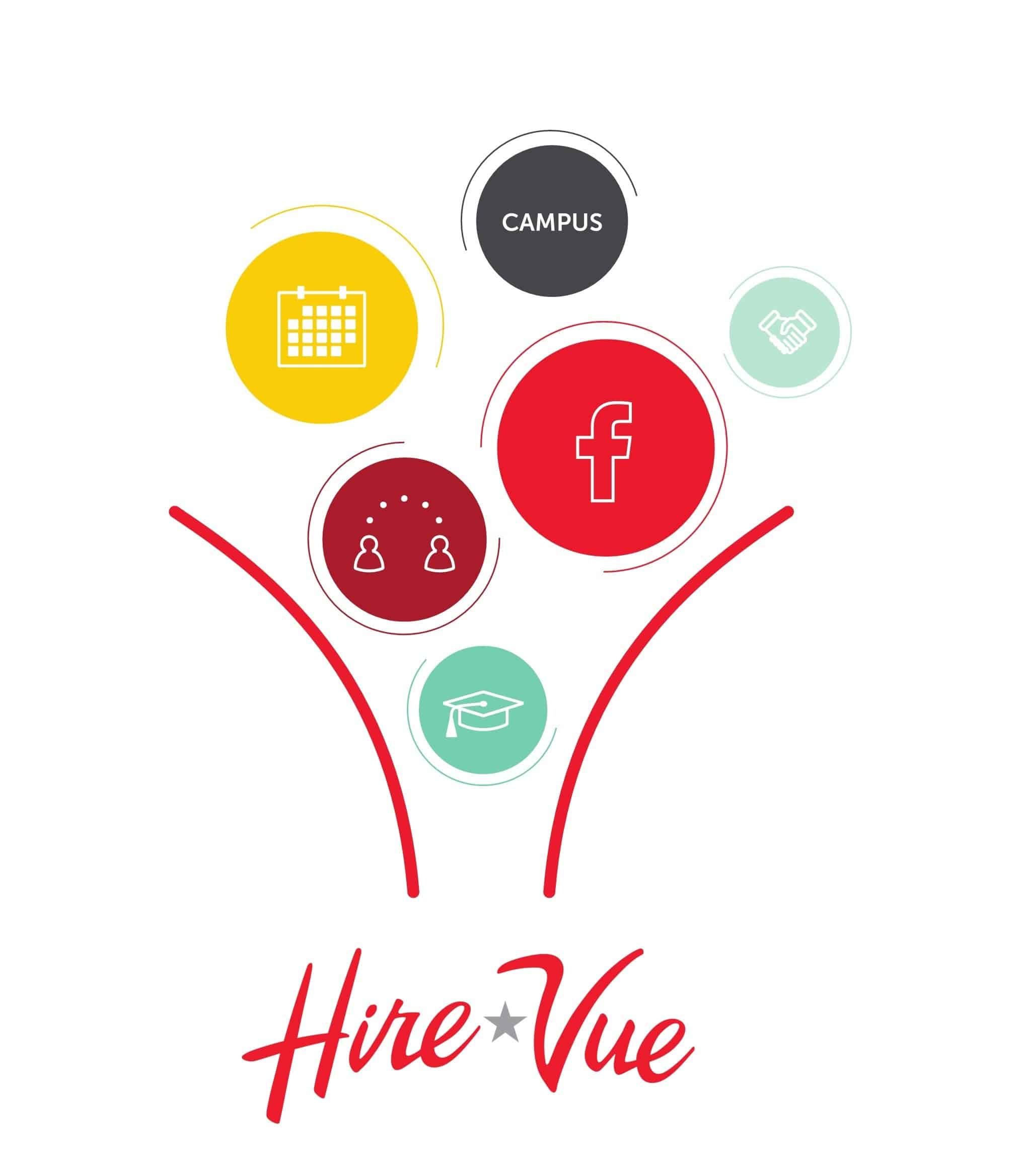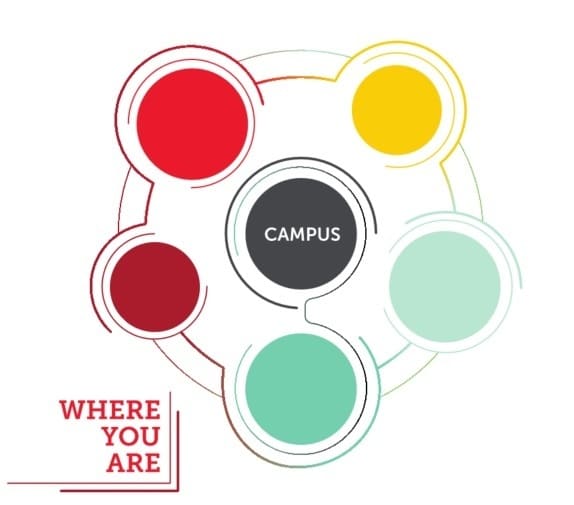Campus Recruiting: How the University Shortlist is Shortchanging You [Webinar Recap]
![Campus Recruiting: How the University Shortlist is Shortchanging You [Webinar Recap]](https://www.hirevue.com/wp-content/uploads/2025/06/universityshortlist.jpg)
The unemployment rate for college graduates is 2.5%. Building a pipeline of high-quality early professionals is more competitive than ever. Students are only on the market for a limited time.
This week, we hosted a webinar featuring Compass Group’s Lori Smith, Director of Talent Acquisition for Corporate, Campus, & Veteran Recruiting. She explained their strategy for:
- Getting the best students in front of hiring managers 75% faster;
- Hiring students from 4X the schools – with the same recruiting team as last year;
- Identifying the best talent so 50% of candidates submitted were hired.
According to Fortune, Compass Group is the world’s 9th largest employer and the world’s largest contract foodservice company. They serve more than 9 million meals per day through more than a dozen subsidiaries across North America.
Campus recruiting is traditionally bottlenecked by three factors:
- The small size of campus recruiting teams (who can only visit a limited number of campuses);
- Disengaged hiring managers (who do not prioritize hiring early professionals);
- Long screening processes (since all students look the same on paper).
The resulting hiring process ends up looking something like this:

This means students who do not attend your shortlist of colleges are rarely considered for early professional roles, since you can never screen them on campus. The National Association for Colleges and Employers estimates the median number of four-year schools targeted for recruiting is 20. There are thousands of universities in America alone; interested high-potential students fall through the cracks.
In other words, there’s a discrepancy between where your recruiting teams are:
And where students interested in working for you are:
Usually, candidates from disparate sources are directed to an ATS. Every candidate fills out an application, and the hiring process goes from there. The ATS is effectively the system of record for all candidates.
To consider students from a wider range of schools and expedite the hiring process, Compass Group used OnDemand video interviewing as their system of record, rather than their ATS.
Rather than give all interested students the opportunity to apply, Compass Group gave them all the opportunity to interview. 
“Anyone can link to an OnDemand video interview. Instead of screening resumes manually, we were able to embed a link to take an interview in every single source we were focusing on. Instead of hiring from 16 schools, we could hire from 60.” – Lori Smith, Compass Group
It also meant Compass could focus on expanding the ways it sourced students, since every interview could be shared with a hiring manager.
How Compass Expanded Its Funnel
The college recruiting team at Compass Group focused on three distinct sources to expand its funnel:
- The Career Fair. Resume screening tools fully automate their career fair, so recruiters could conduct short pre-screens and direct students to the interview.
- Virtual Reality. A robust realistic job preview lets students explore opportunities at Compass Group via Google Glass. A link to interview is embedded in the simulation.
- Social Media + 360 Video. Compass Group’s Managers-in-Training are active on social media, and share their experiences with the hashtag #CompassMITLife. A 360-degree video version of the realistic job preview is accessible from their career site.
Compass Group’s Results
Expanding their hiring funnel outside traditional channels yielded hires from 4X as many schools as the year previous (60 schools vs 16 schools).
By casting a wider net, they:
- Found the Best Candidates (50% Submission to Business Acceptance Percentage). Compass Group recruiters were able to identify students their hiring managers loved. One in two submitted candidates were hired.
- Increased Engagement. The percent of MiTs who stayed with the program increased from 62% to 73%. Compass’ realistic job preview attracted candidates who knew what to expect on the job.
- Increased Quality of Hire. The percent of MiTs who graduated increased from 78% to 89%. Since students across the country could interview, recruiters pulled from a deeper talent pool and found the highest potential candidates.
Get the inside scoop on Compass Group’s innovative sourcing expansion, and how they engaged their hiring managers, by watching the full webinar:
You’ll learn exactly how they automated their career fair and used Virtual Reality to break through the noise on campus, as well as the answers to questions like:
- How do you engage with students on social media during the career fair?
- Some hiring managers feel comfortable hiring based just on the video interview? How does that work?
- Does this mean some candidates bypass the ATS entirely?
- What do recruiters think?
- When casting a wider net, how do you decide what new schools to target?
- Is there a future where campus recruiting becomes obsolete?


